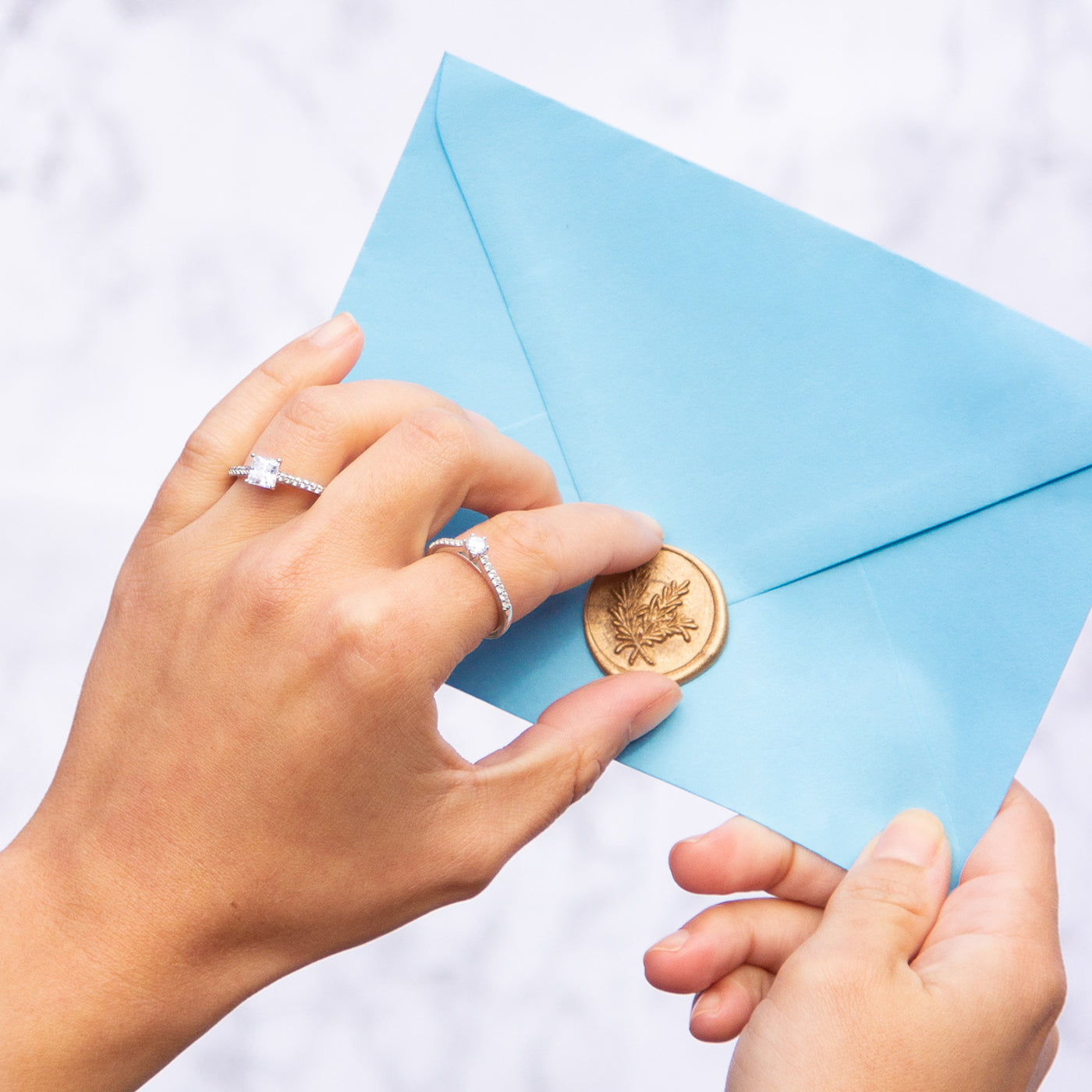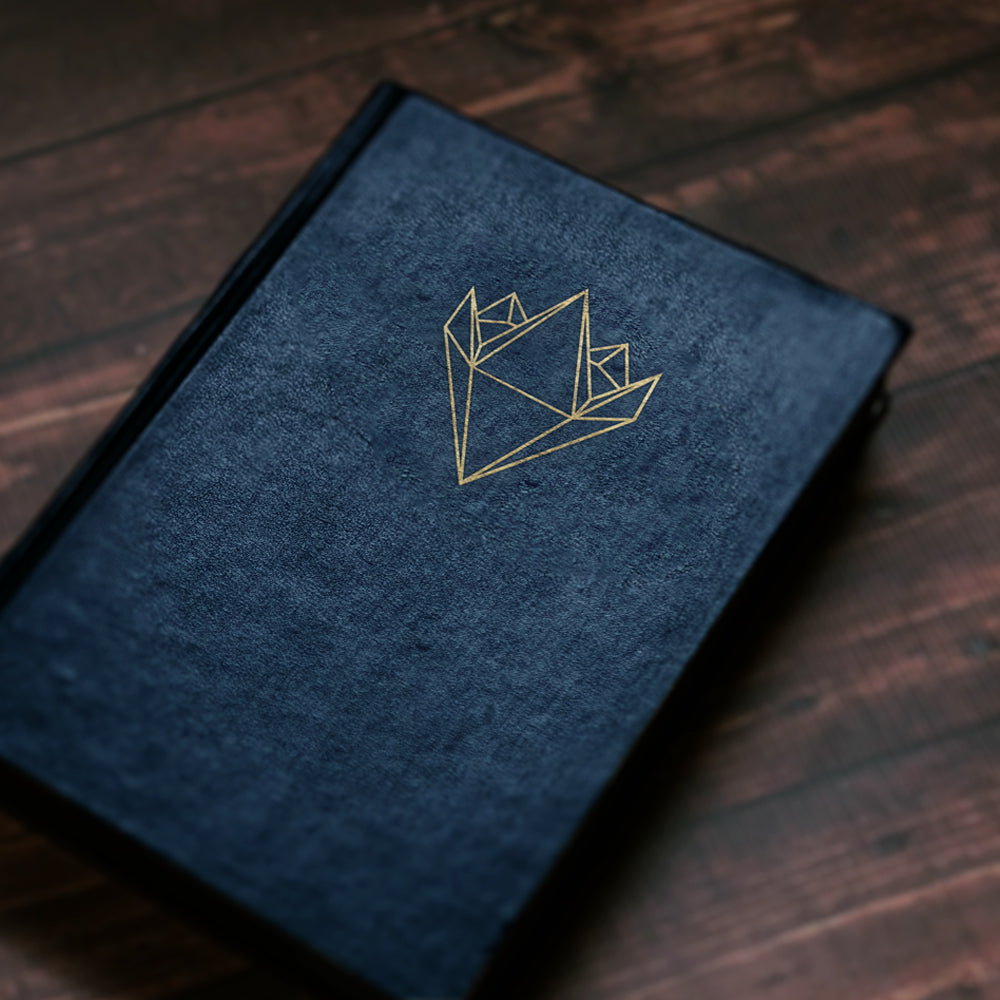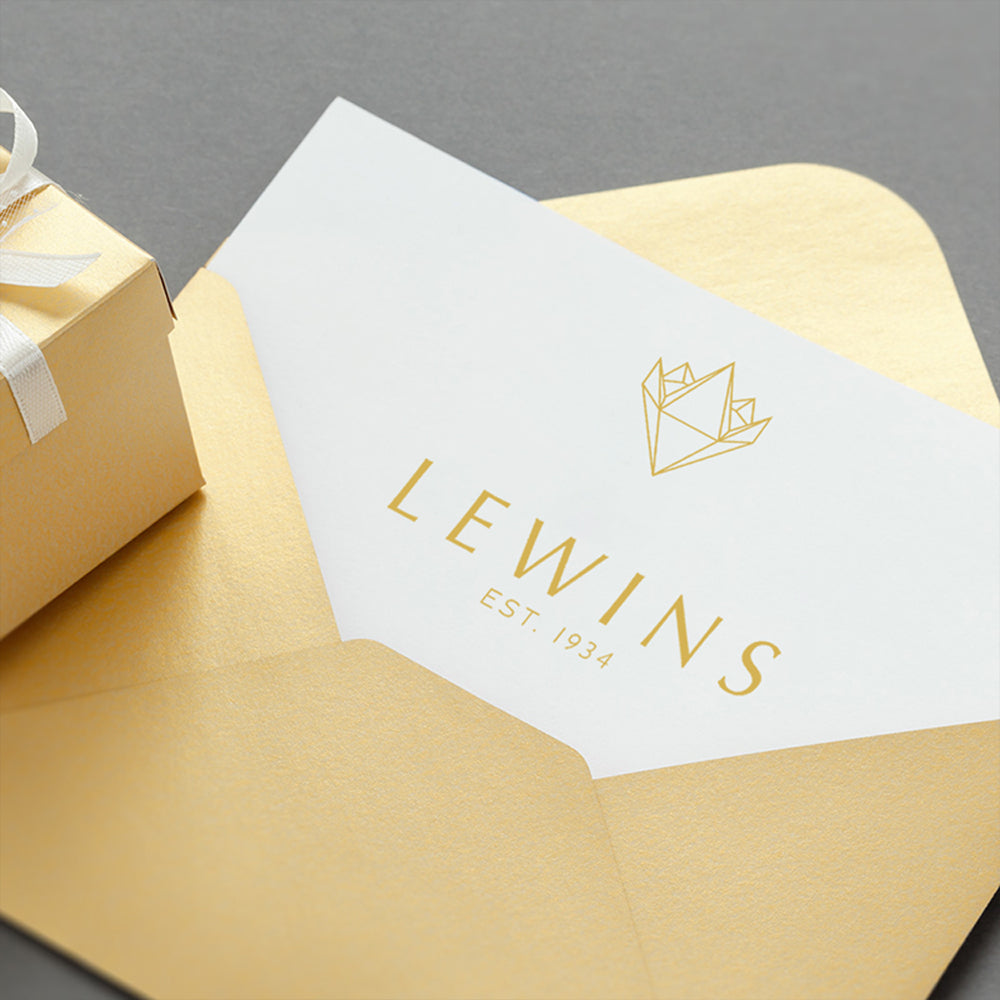This trilogy ring comprises of a central oval mixed cut yellow sapphire, securely set within a four claw setting and has an exquisite total of 1.04cts. The centre stone is flanked on either side by round brilliant cut diamonds, secured within a four claw setting. The diamonds exhibits the colour G-H and the clarity SI. The ring is mounted within hallmarked 18ct yellow gold. The trilogy has been expertly set high into a wed-fit profile, allowing the option of an eternity ring or band to sit flush, alongside the ring.
Material: 18ct Yellow Gold
Brand: Lewins
Style: Trilogy
Primary Stones: Yellow Sapphire, 1 Oval Mixed Cut, apx total weight 1.04cts
Secondary Stones: Diamonds, 2 Round Brilliant Cut, apx total weight 0.47cts
Birthstone: Sapphire - September, Diamond - April
Anniversary: Sapphire - 5th, 45th, 75th, Diamond - 10th, 60th
Ring Size: M
Setting: Claw
Wed-Fit: Yes
Weight: 2.98 grams
Jewellery Odyssey:
Trilogy, originates from the Greek word ‘trilogia’ which was created from the prefix ‘tri-’ meaning 'three' and the suffix, ‘logos’ meaning ‘story’. In jewellery vocabulary, the term is used to refer to a piece that contains three stones and is most commonly associated with rings. Just like the storytelling of ‘trilogia’, Trilogy Ring's have many meanings: “friendship, love and devotion”, “family” and most popular “past, present and future”. The classic trilogy ring includes three diamonds. Other variations include a colourful gemstones, as either the centre stone or as the side stones.
Gem Lore:
Yellow Sapphires - mainly when people hear the word Sapphire, they immediately think of the colour blue. However, some maybe surprised to know that Sapphire, can come in an array of hues: orange, yellow, white, green, pink and purple. Yellow sapphires possess subtle overtones, from vibrant greenish yellow to a subdued peachy orange and vivid reddish browns glints. Yellow sapphires symbolise wisdom and prosperity.
Diamond - derives from the Greek word ‘adamas’, which translates to ‘invincible’. Today, the meaning somewhat refers, to the gemstones excellent hardness (ranking 10 on Mohs' scale), hence diamonds are highly resistant to be scratched or abraded by another material, other than diamonds itself. Moreover, diamonds possess the magical phenomenon of fire, which relies on the facetted gemstones ability to disperse (split) light, into a rainbow of colours.
The ancient Egyptians thought diamonds symbolised life, and the Pharaohs were known to place the gemstone in the centre of an ankh cross. Whereas, the ancient Greeks believed diamonds to be the tears of the gods or broken splinters from fallen stars. Alternatively, in ancient Roman literature it is noted that Cupids arrows were ‘diamond tipped’, maybe one of the first references that associates the gemstone with love.
Ring Resizing Service - How To Request Your Size:
If the current ring size listed under the details section, does not match your requirements. Please complete the enquiry form: including the reference code of the ring, which is located above the price, along with the ring size you need.
We will assess the feasibility of your request and provide you with a quotation for the bespoke alteration. If you decide to proceed, we will email you a link to review and process your customised order.
*Please Note: our resizing service typically requires a timeframe of 10 to 14 working days to complete. Rings that have been resized, cannot be returned for an exchange or refund.
Can Any Ring Be Resized?
No, depending on the design and setting, some rings cannot be resized. Whilst other rings can be safely resized up or down, by one to four sizes.
Are There Limitations To Resizing Rings?
Yes, it is important to appreciate that rings are made to fit their current size. When a request is made to significantly reduce the current size, it can result in the band developing an oval shape. Equally, increasing the size beyond a certain point, can alter the curvature of the band. Such modifications can potentially compromise the stability of settings, that hold gemstones securely in place.
As a result, there are limitations on how much a ring can be resized without compromising its structural integrity. If a requested size change impedes the durability of the ring, alternative solutions such as incorporating a half shank or soldered beads, if appropriate can be suggested.
Remember there is only about a 1mm difference between each whole ring size. For more information on what to consider when finding your size, read our blog: "The Factors Affecting Ring Size”.
Jewellery Care Precautions:
Avoid direct contact with: perfume, lotions, skincare, hairspray / other chemicals. Remove, your jewellery: when showering, swimming (as both chlorine and saltwater will react with metals), washing your hands / using hand sanitisers, before going to bed or when participating in physical activities (going to the gym, exercising, gardening, housework etc….).
Beware, metals may tarnish over time due to oxygen contact and natural body oils. Prevent items from being exposed to moisture and direct sunlight, for long periods. Store jewellery in a dry place away from humidity, in a pouch/jewellery box and keep each piece separated from each other. Care, for your jewellery by cleaning with a soft dry cloth.
Yellow Gold:
Gold as an element, in its purest form will not tarnish, but gold used in jewellery has been alloyed with other metals, to increase durability. These metals have properties that when in contact with oxygen, chemicals, oils or other substances - will result in a surface tarnish or damage and corrosion. Even the pH level of you skin and the natural oils it produces, can tarnish your gold jewellery.
To prevent your gold jewellery from tarnishing or even disintegrating, avoid exposure to household chemicals, bleaches, toothpaste, baking soda and other cleaning abrasives. Wearing jewellery in places where perfumes, hairsprays, body lotions have been applied on your body, will increase tarnishing. Wear your jewellery after the products have been applied. To clean your gold jewellery, use a mild soap with warm water and dry with a soft cloth. For professional cleaning, our workshop can polish your jewellery back to life.
Fancy Sapphire, Corundum:
Hardness: 9 | Toughness: Excellent | Stability: Very Good
Low Caution: A very durable gemstone, generally it is safe to use in; Jewellery Cleaners (Dips, Ultrasonic, Steam Cleaners).
Gemmological Observation: Corundums are a very durable gemstone. However, if lead-glass filled or heavily fractured, you will need to avoid: Chemicals (acids, detergents), Direct Heat, Jewellery Cleaners (ultrasonic, steam cleaners).
Diamond:
Hardness: 10 | Toughness: Good | Stability: Excellent
Low Caution: A very durable gemstone, generally it is safe to use in; Jewellery Cleaners (Dips, Ultrasonic, Steam Cleaners).
Gemmological Observation: Diamonds have excellent hardness, this means only a diamond can scratch/abrade another diamond. To avoid scratches, store your diamond set jewellery separately. Diamonds only have good toughness, as they possess perfect cleavage. This means that if knocked in the wrong direction, the diamond can cleave/fracture. Whilst wearing, you will need to avoid: Sudden Impact (sharp knocks). If the diamond is heavily fractured, you will need to avoid using: Jewellery Cleaners (ultrasonic, steam cleaners).




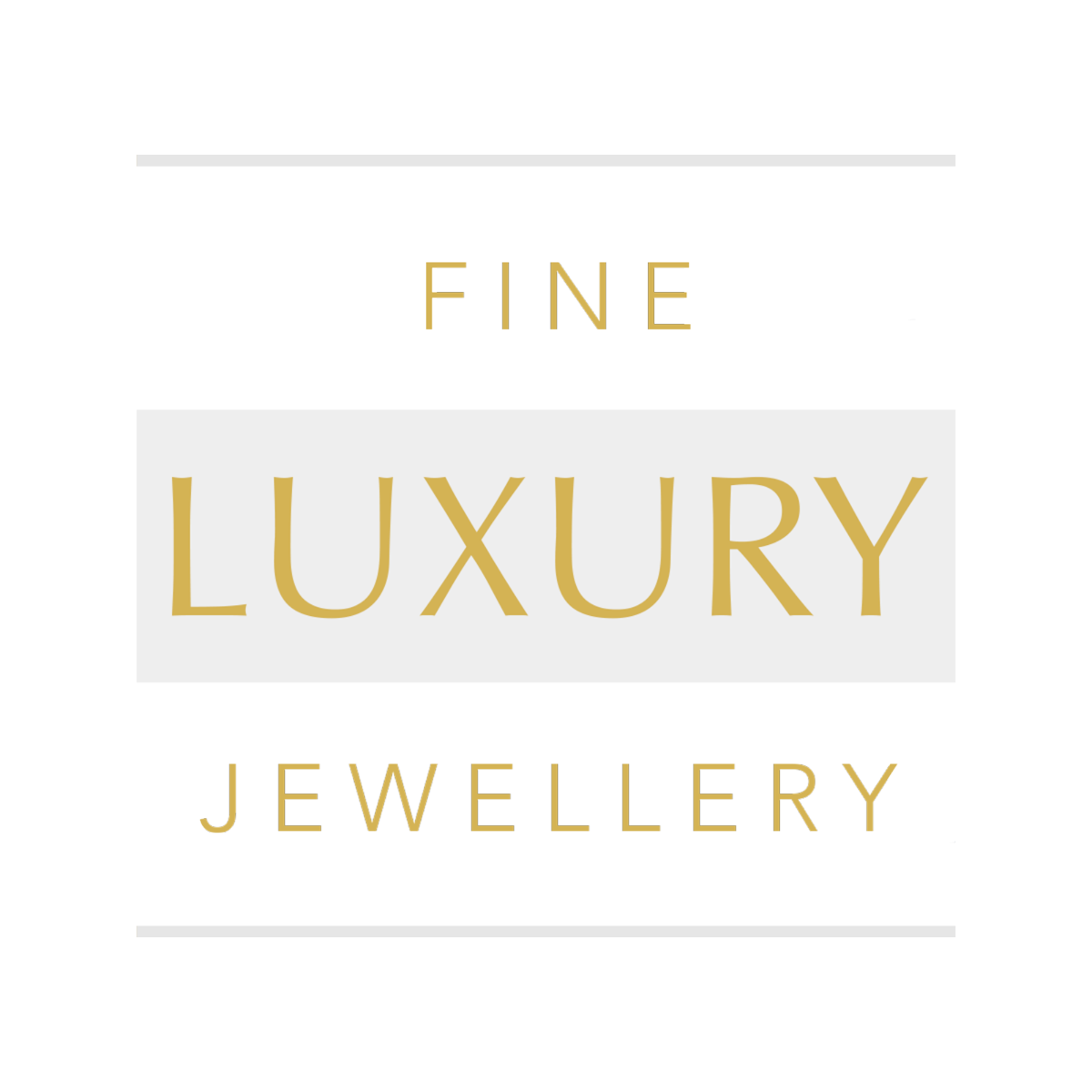

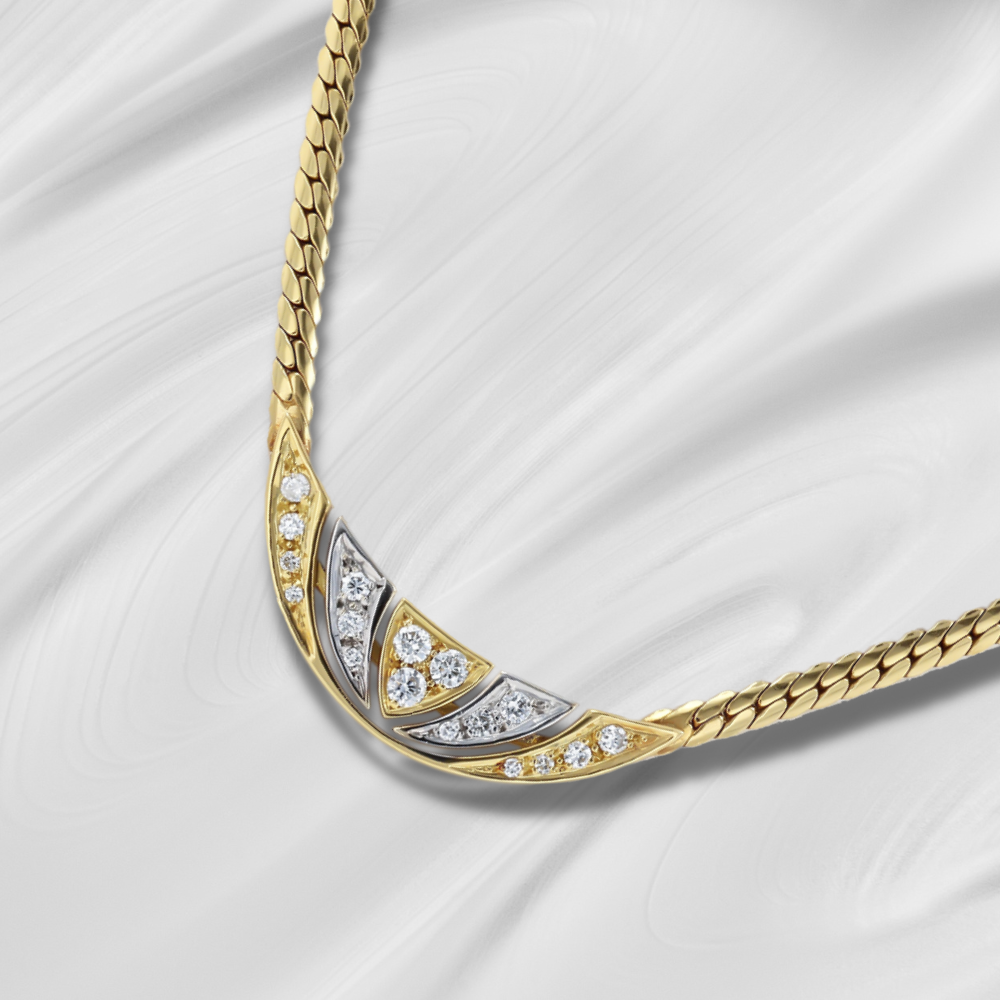

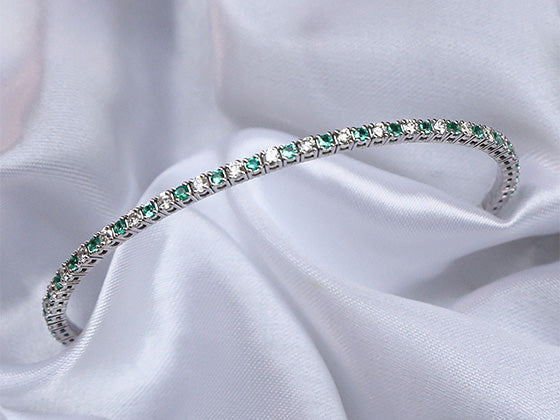

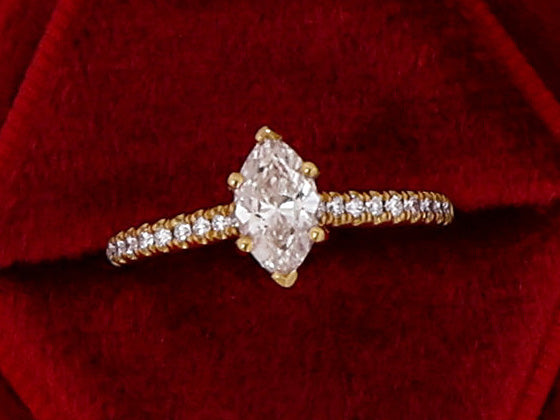
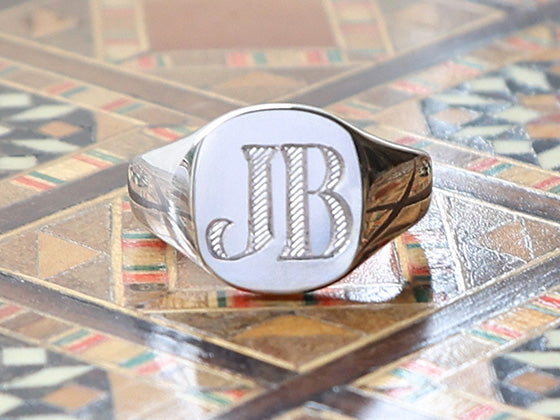
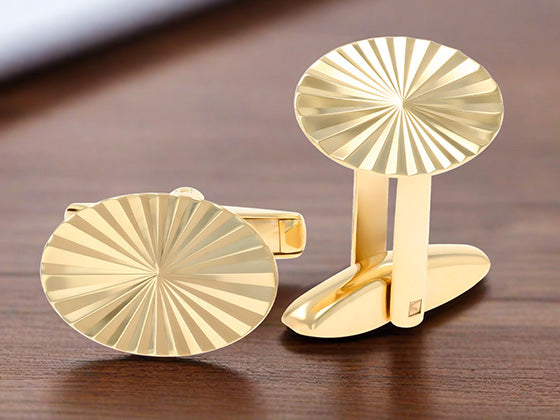
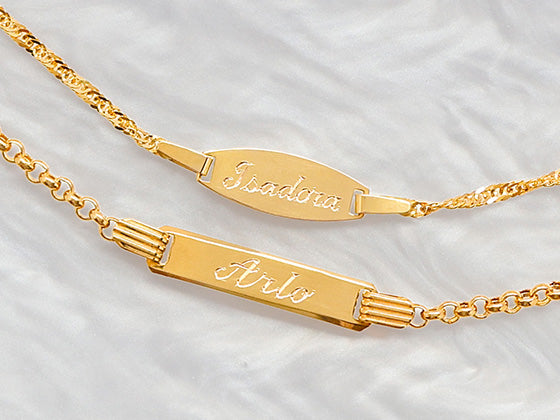
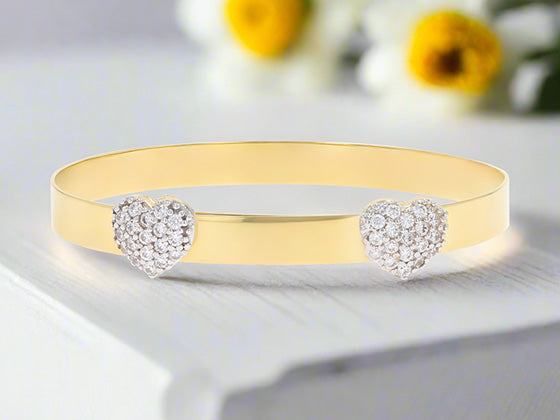
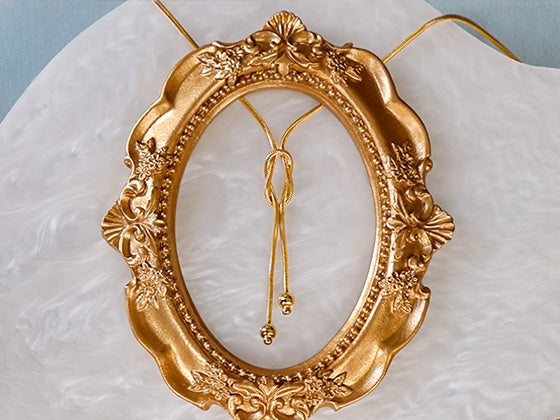
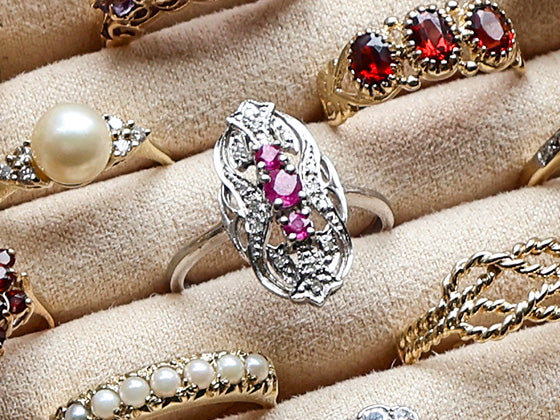
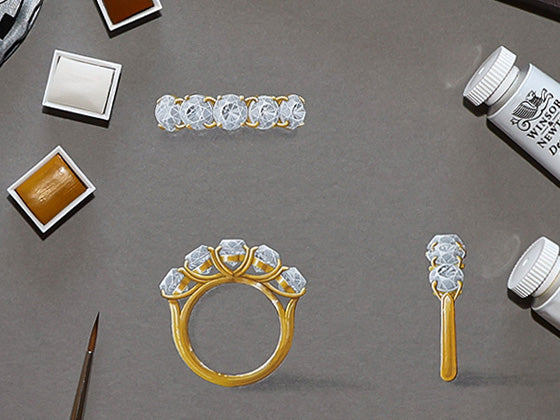
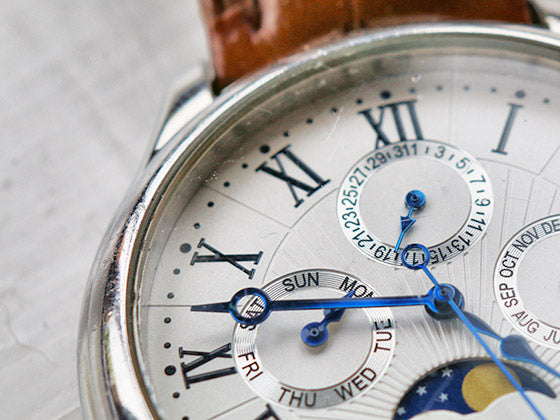
 Contact Us
Contact Us



